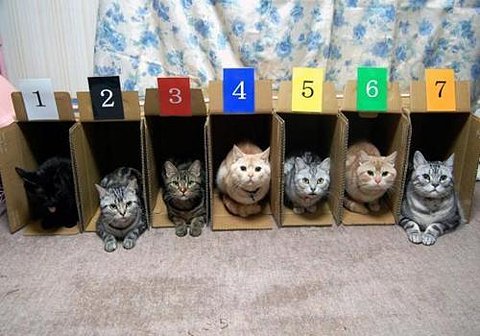Reaction force: 7 identical boxes are place next each other?

7 identical boxes are place next each other
The floor is smooth
Each box has a mass of 1 kg
g=10
4 coefficient of friction is 0.1 (i don't know why is it given.)
5 The 7 boxes is pushed by a force of 89 N from the left side
Find the force between box 5 and box 6. ( counting from the left side)
Can you please explain how to do this, Thank you.
No vote yet
1 vote
Easy Math Editor
This discussion board is a place to discuss our Daily Challenges and the math and science related to those challenges. Explanations are more than just a solution — they should explain the steps and thinking strategies that you used to obtain the solution. Comments should further the discussion of math and science.
When posting on Brilliant:
*italics*or_italics_**bold**or__bold__paragraph 1
paragraph 2
[example link](https://brilliant.org)> This is a quote# I indented these lines # 4 spaces, and now they show # up as a code block. print "hello world"\(...\)or\[...\]to ensure proper formatting.2 \times 32^{34}a_{i-1}\frac{2}{3}\sqrt{2}\sum_{i=1}^3\sin \theta\boxed{123}Comments
Well, if the floor is smooth, coefficient of kinetic friction cannot be 0.1... Assuming the floor isn't smooth, let us consider the entire system of seven boxes (plus adorable massless cats) and draw its free-body diagram. Let us also assume that the force is enough to set all the boxes into motion with a constant rightward acceleration a, which we need to find.
Then, we have a total leftward frictional force of Fk=μkmg=0.1×7kg×10ms−2=7N. We have a total rightward applied force of 89N. Since the vertical forces are balanced (because the boxes + cats are not accelerating vertically), the net force on the system is 89N−7N=82N rightwards. But since we know the mass of the system, we can solve for its acceleration a using Newton's Second Law: Fnet=ma⟹a=mFnet=7kg82N=782ms−2
So now we know that each box is accelerating rightwards with an acceleration of 782ms−2. Now, let us consider Boxes 6 and 7 collectively as our system. The forces on this system (horizontal, not vertical) are the leftward frictional force (Fk=μkmg=0.1×2kg×10ms−2=2N) and the rightward reaction force F5,6 between Box 5 and Box 6. It is in fact this reaction force that actually accelerates Boxes 6 and 7, not the applied force.
So we can use Newton's Second Law again for this system: Fnet=F5,6−Fk=ma⟹F5,6=2kg×782ms−2+2N=25.43N.
Assuming that the floor is smooth, the problem becomes much simpler, due to the lack of frictional forces. The answer in that case can be easily computed in the same way.